Affiliate links on Android Authority may earn us a commission. Learn more.
Taking audio to the next level with the ZTE Axon 7
August 2, 2016

This post is brought to you by ZTE.
One of the big selling points of the ZTE Axon 7, among many, is the audio capabilities that this device boasts. ZTE has implemented two independent Hi-Fi audio chips for both listening and recording, as well as dual front-facing speakers with Dolby ATMOS surround sound technology. The end result nothing short of an impressive audio experience.
Let’s take a closer look at this setup, and explore how to take your audio experience to the next level with the ZTE Axon 7!
Differentiating factors
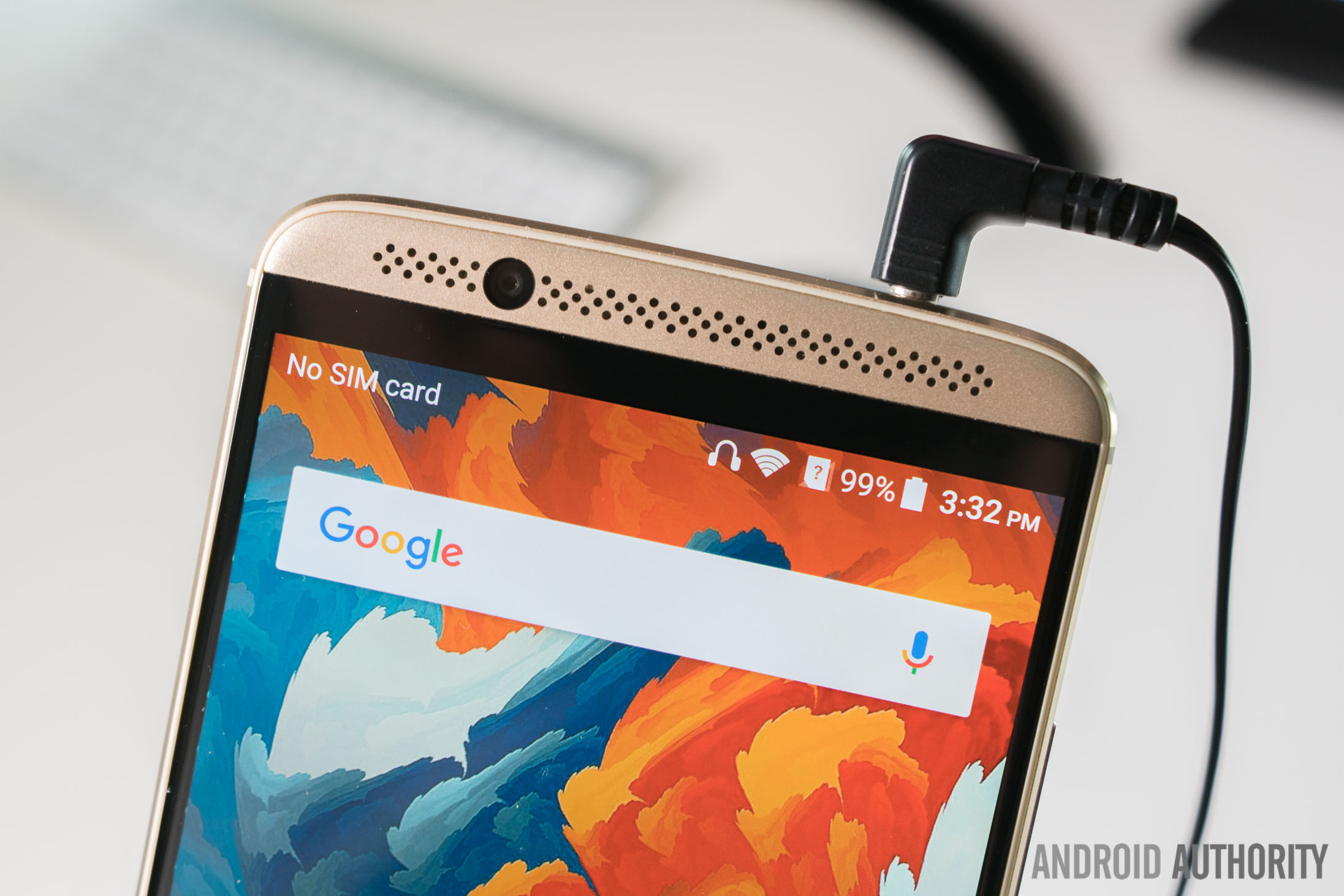
First let’s talk about the AKM AK4961 DSP CODEC, which can be considered the primary chipset for Hi-Fi audio playback and recording on the Axon 7. AKM claims that the AK4961 “offers industry leading performance of THD+N (-99 db) and 110 db dynamic range with the newly developed 32-bit advanced audio DAC, and cap-less class G headphone amplifier.”
The ZTE Axon 7 also includes the AKM AK4490EN DAC, or digital-to-analog converter, which is an independent Hi-Fi audio sampler. This is essentially a downsized variant of the AK4490EQ, that has been adapted for smartphones and other portable devices with a 1.8 V digital interface.
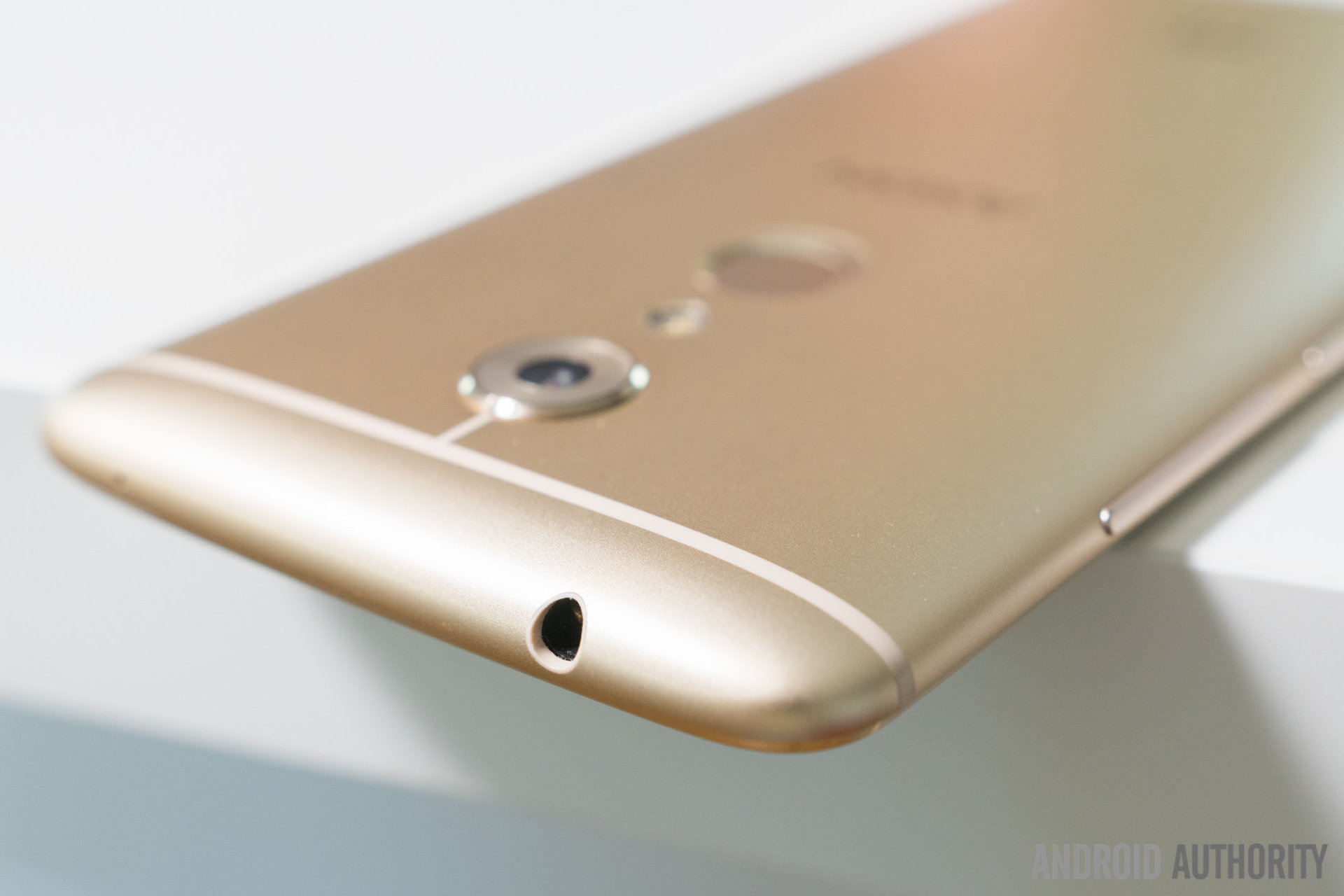
Not to worry though, as the AK 4490EN offers the same high quality audio playback and its bigger sibling. Along with five 32-bit digital filters and a symmetrical Left/Right layout, the AK4490 certainly delivers a premium audio experience.
Both chips include AKM’s Velvet Sound technology, which aims to offer sound that is of a high quality and true to life, and with a good pair of headphones, the difference is very noticeable. Although some other smartphone manufacturers have adopted similar technology with their flagship offerings, this is likely the highest quality audio chipset configuration you can get for the relatively affordable $400 price tag of the Axon 7 and easily keeps up and exceeds just about every other flagship audio experience available right now.
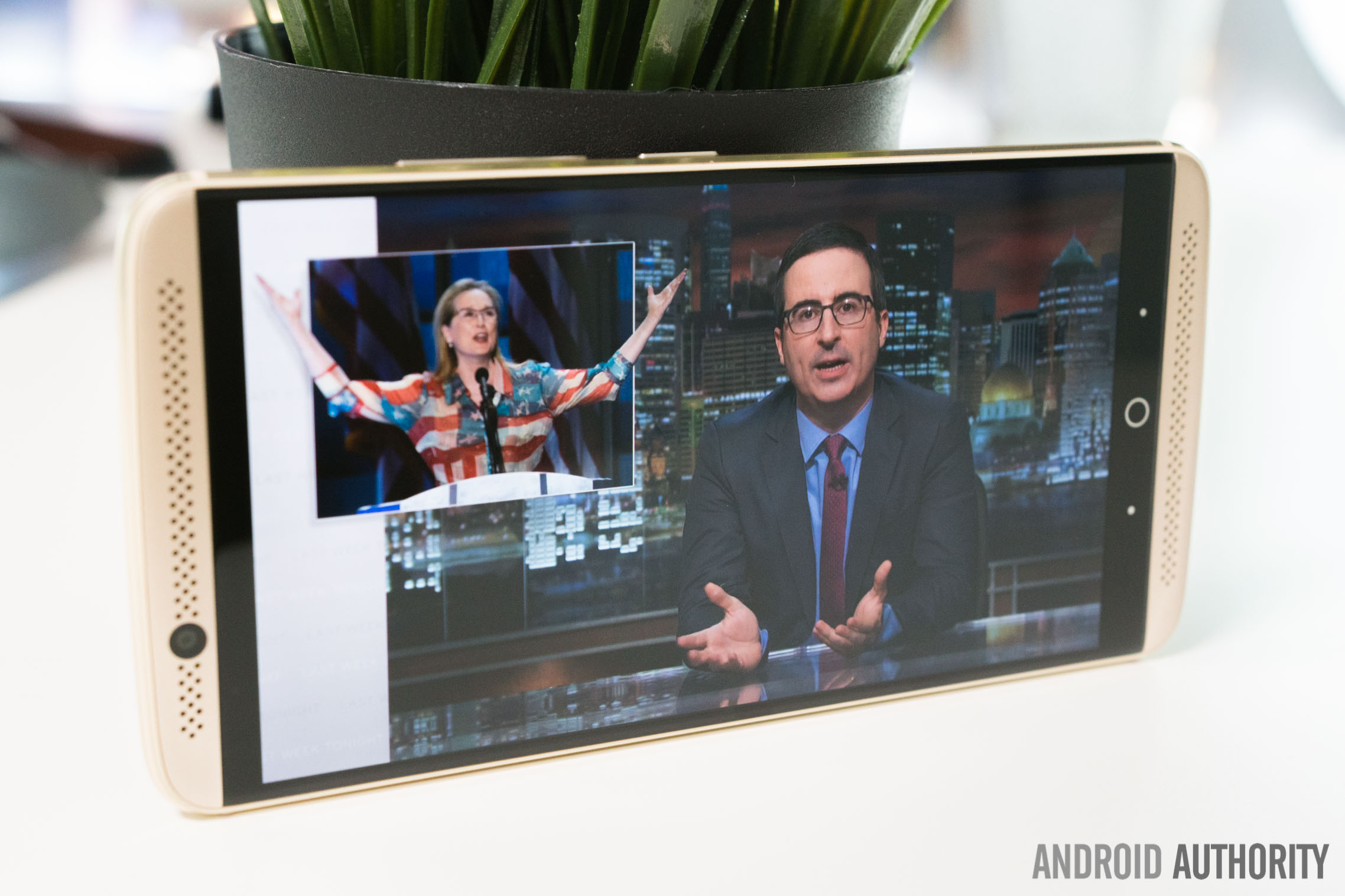
That is even before considering the dual front-facing speakers that come with Dolby ATMOS surround sound technology, which is definitely a big step up from the single speaker unit that was found with its predecessor. It’s not even just about adding a second speaker, as ZTE has emphasized. The speaker setup here is a careful endeavor, and it’s clear that a lot of work has gone into making the Axon 7’s external audio sound fantastic.
You’ll certainly be hard pressed to find speakers of this caliber on other smartphones, and the single bottom-firing speaker unit that is available with the Galaxy S7 smartphones certainly pale in comparison. The Axon 7 is able to offer a realistic, clean, full, and loud, audio output, which makes for an extremely immersive audio experience. The speakers also make sharing content much easier.
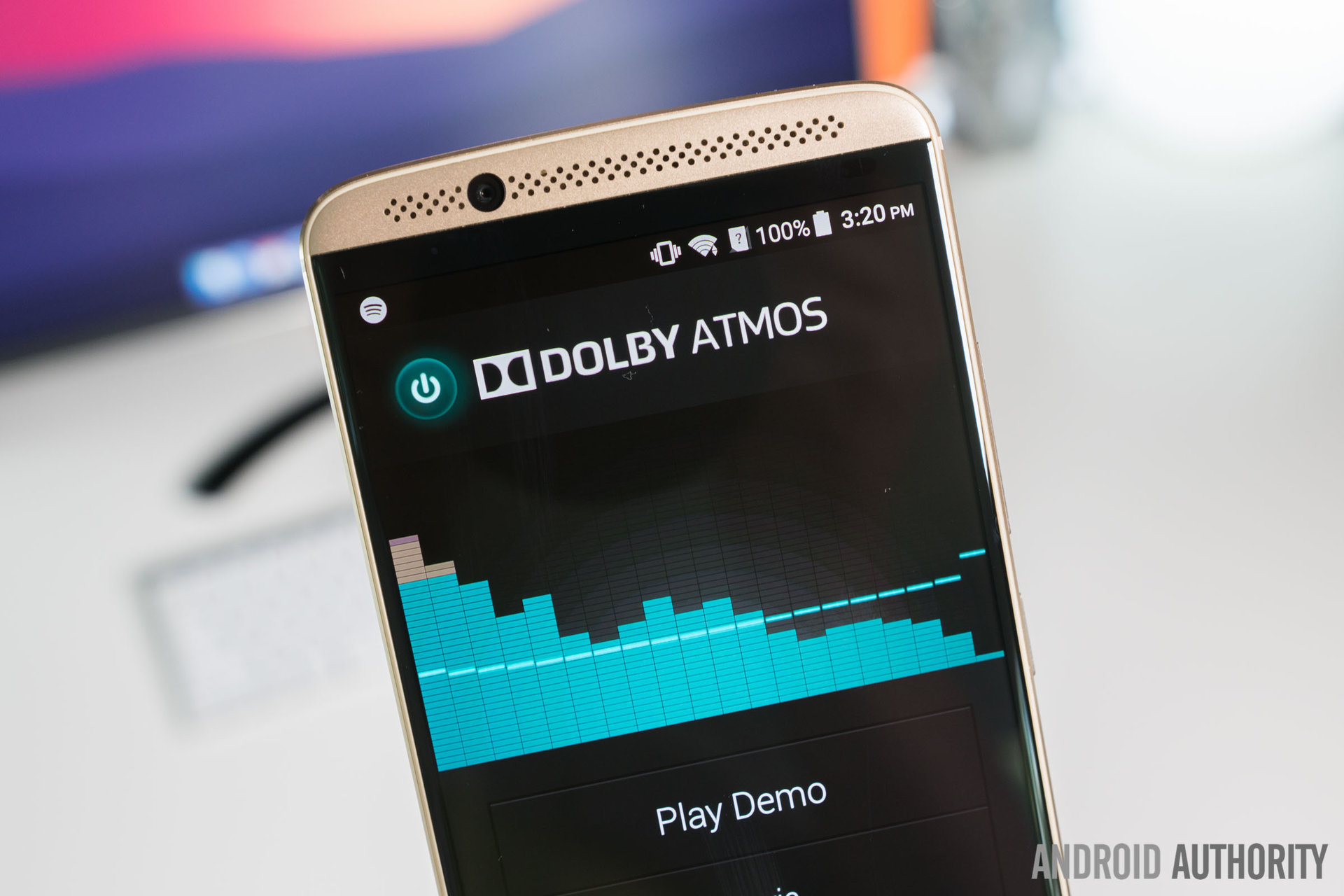
Maximizing DAC utility
In order to maximize the utility from the Axon 7’s Hi-Fi audio, you may need to adjust how you listen to your music. Although some will argue that you need lossless audio content, often available in the form of FLAC files, many will be unable to notice a difference in comparison to high-bitrate loss-y formats.
Lossless files are are admittedly difficult to legally download, but you could just buy and rip CDs into FLAC files yourself. Of course, that does sound like a lot of work, and you’ll probably be better off looking into high-quality streaming options instead unless you are an audio purist. If you do want to stream FLAC files directly, TIDAL does have the option available, which requires a $20 per month subscription.
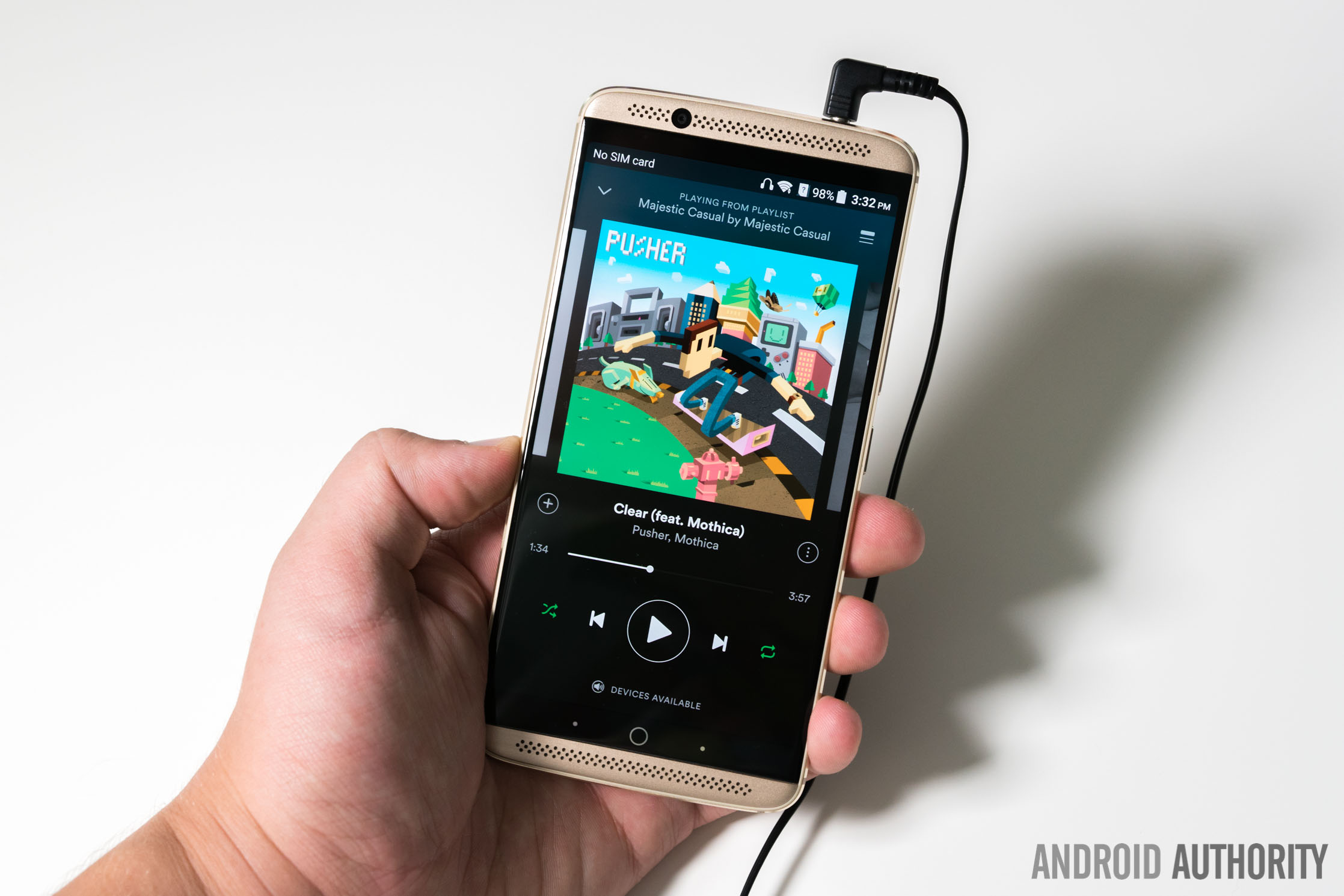
Otherwise, pretty much every popular music streaming service offers high-quality streaming, which is often indistinguishable from lossless content for all but the most discerning ears. For example, configuring Spotify to stream at a higher quality is quite easy. All you have to do is open the app, go the settings, and select “extreme quality” for streaming. This process is very similar across various music streaming apps, and if you do have trouble, a simple search on Google will help you figure things out.
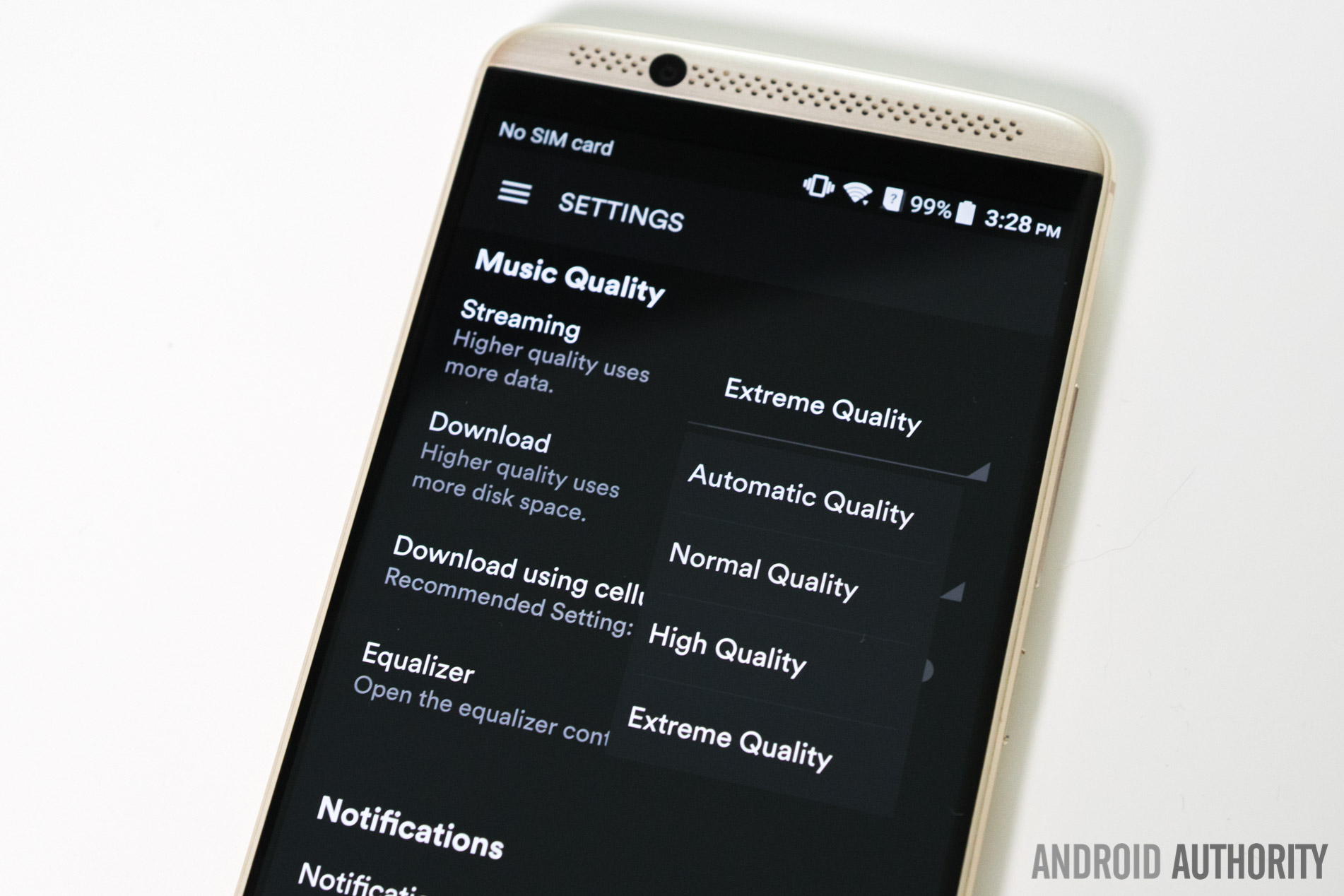
However, do keep in mind that access to higher quality streaming is restricted for those who are using these apps for free, and you may have to pick up a paid subscription. If you’re not paying already, it may not entirely be worth it for what may be only a subtle improvement in perceived quality, especially if you aren’t using an expensive pair of headphones. Still, even if you don’t opt for the highest settings, you’ll no doubt love the sound coming out of your Axon 7.
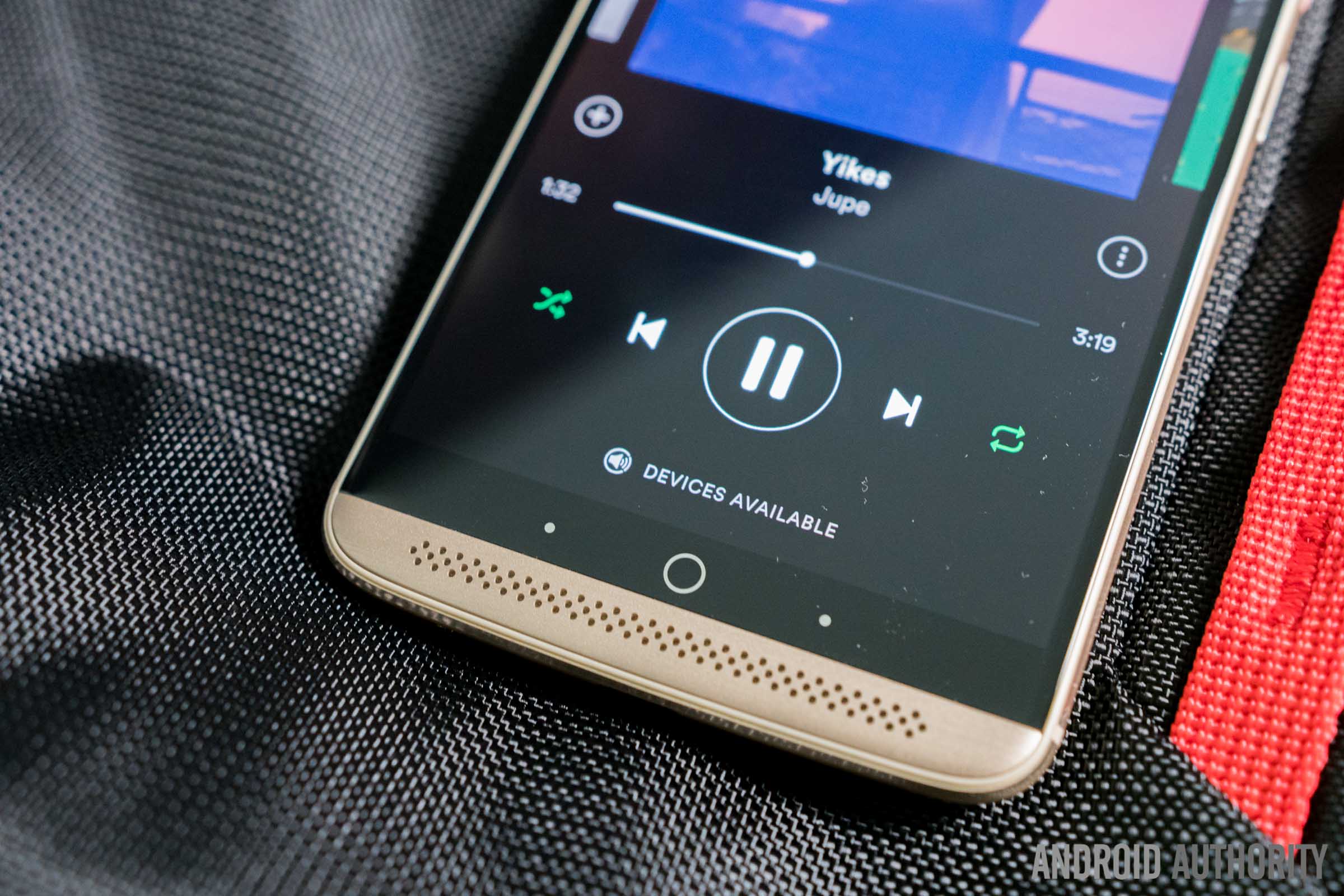
So there you have it for the quick look at the audio capabilities of the Axon 7! At the end of the day, if audio quality is a big part of your smartphone buying decision, the ZTE Axon 7 could be a perfect fit for you.
ZTE has put a lot of effort into making the Axon 7 a pleasure to use and audiophiles certainly won’t be disappointed here. Further sweetening the deal, the Axon 7 is a fast, attractive and affordable handset that easily holds its own against more expensive devices from its competitors. All of these factors make the Axon 7 pretty easy to recommend.
Thank you for being part of our community. Read our Comment Policy before posting.